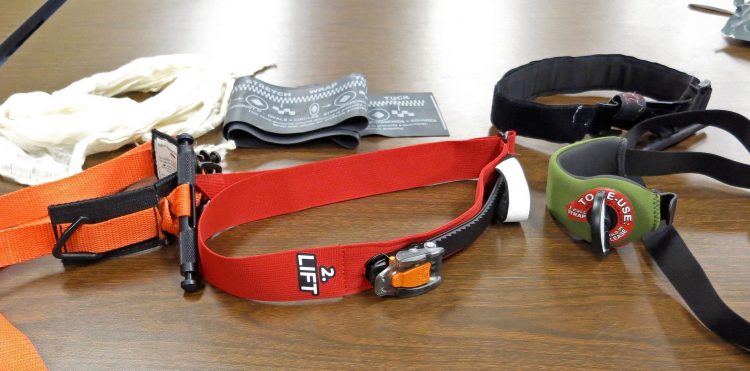Bystander application of a tourniquet to ‘Stop the Bleed’ may mean the difference between life and death for a patient with severe hemorrhage
EMS1.com
Although large scale multiple casualty incidents such as the Boston Marathon bombing and the San Bernardino shooting capture the nation’s attention smaller scale MCIs are much more common. The National Association of State EMS Officials provides one definition of an MCI as any incident “which generates more patients at one time than locally available resources can manage using routine procedures [1]. Using that definition, researchers estimate the yearly incident rate in the United States is about 13.0 MCIs per 100,000 population [2].
Hemorrhage is the second leading cause of death for patients injured in the prehospital environment, accounting for 30-40 percent of all mortality [3]. Many of the patients who hemorrhage do so after suffering vascular injuries in one or more extremities. The annual incidence of extremity vascular injuries in the United States ranges from a low of 12.4 injuries at a rural trauma center in Missouri [4] to a high of 55 lower extremity injuries at a high-volume urban trauma center in Houston [5]. In a study of isolated penetrating injuries to the extremities, 57 percent of the patients who died had injuries that might have been amenable to tourniquet application [6].
There is little debate about the value of rapid hemorrhage control for improving outcomes in critically injured trauma patients. The American College of Surgeons Committee on Trauma has stated that bleeding must be controlled by prehospital providers as quickly as possible.
Read the Full Story: Public use of tourniquets, bleeding control kits

